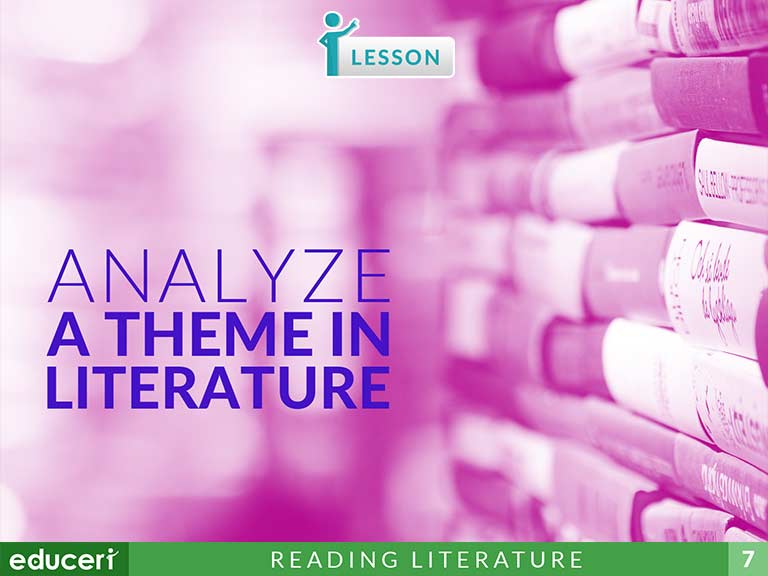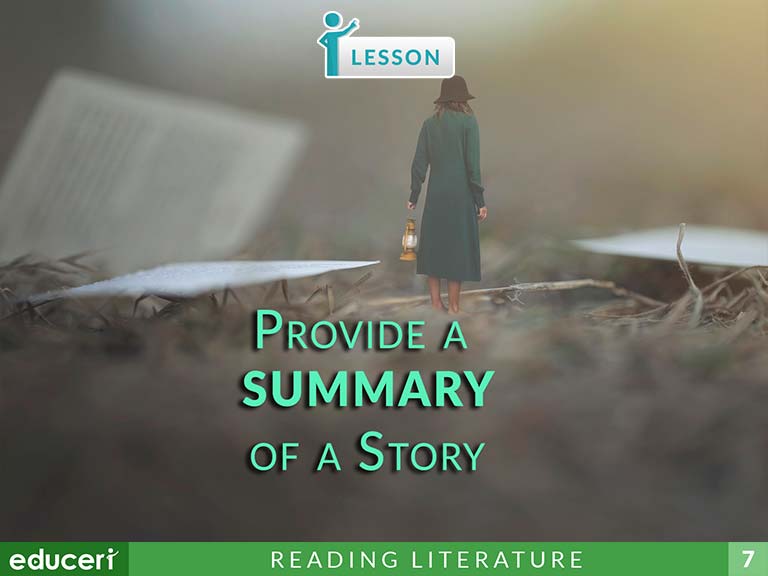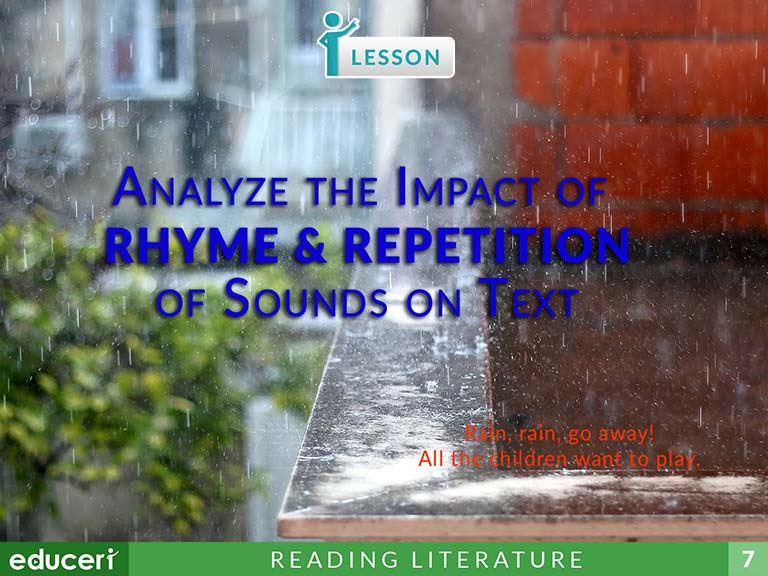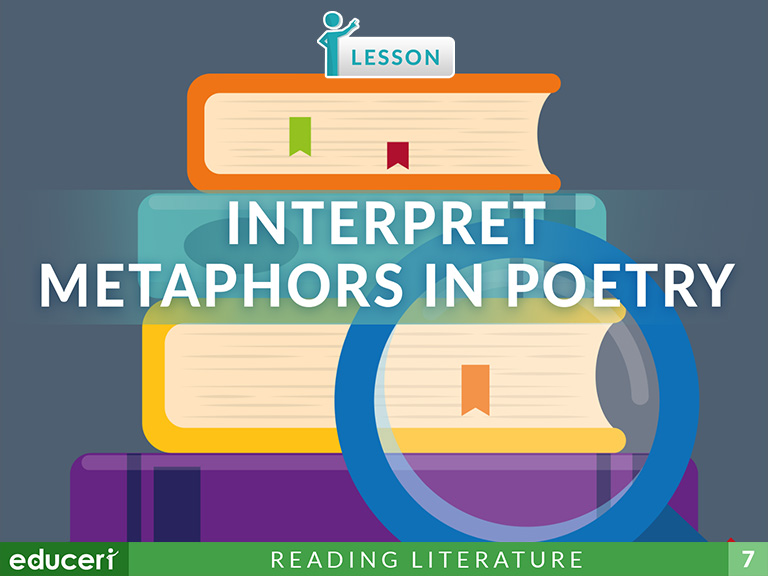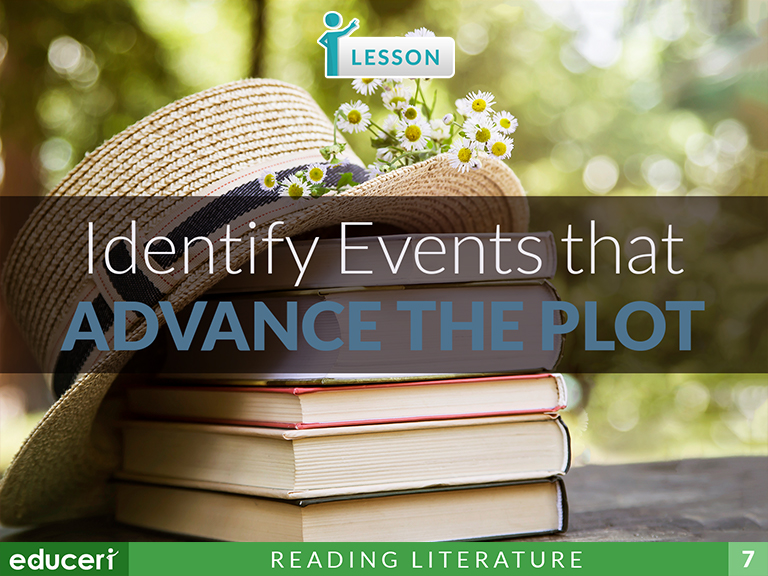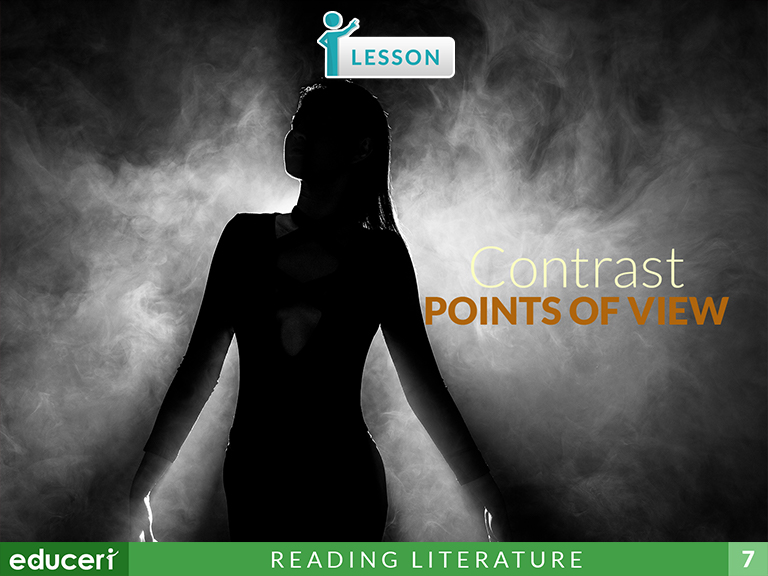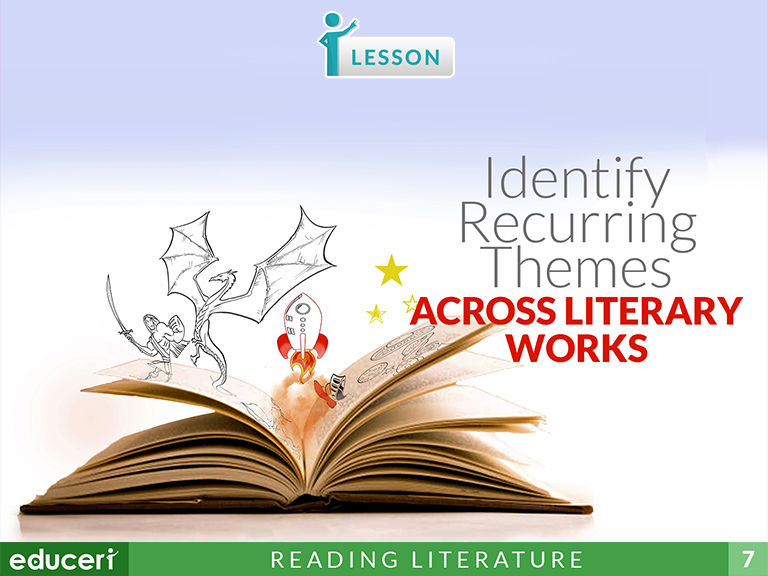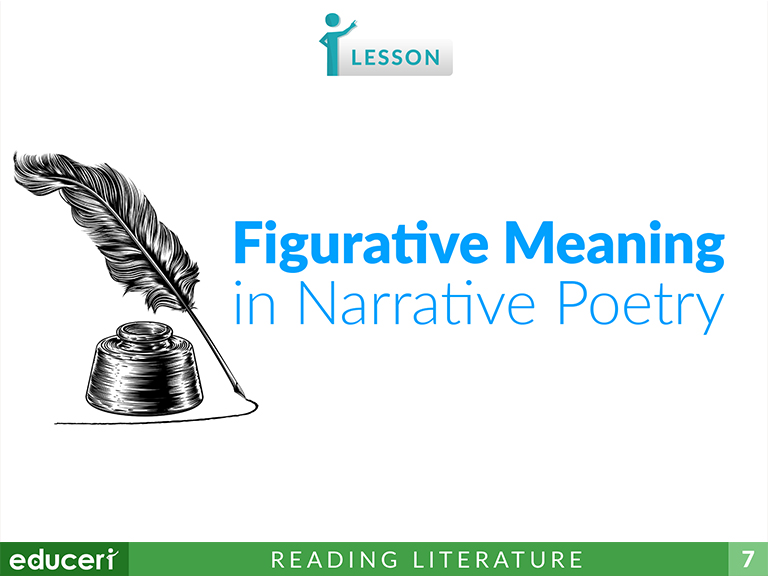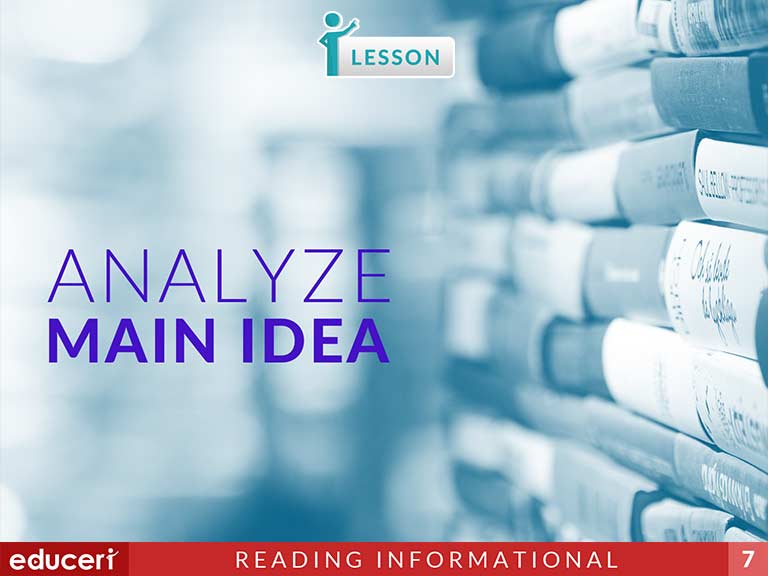All Lessons
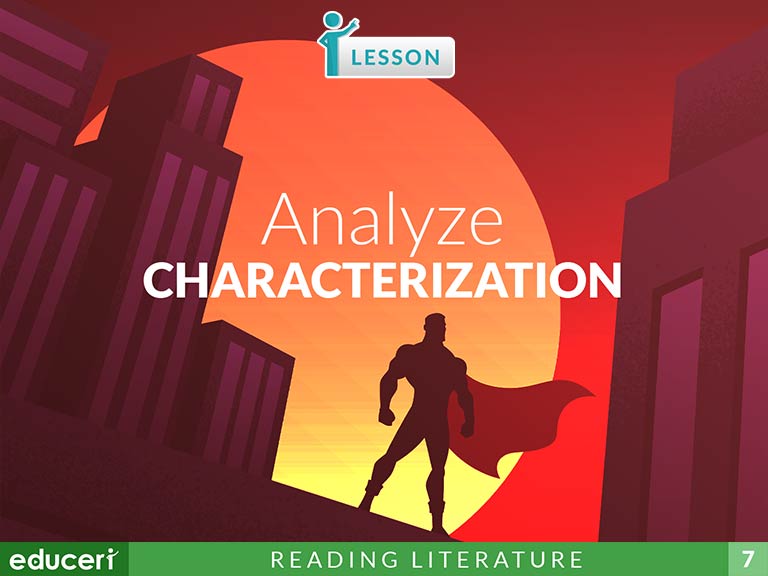
Analyze Characterization
This literary response and analysis lesson focuses on analyzing characterization. The lesson includes research-based strategies and strategic questions that prepare students for assessments. In this lesson, students read a passage about a specific character and identify textual evidence that develops the character's traits. Each sentence from the passage is classified as character's words, actions, or thoughts. Then, students analyze the method the author used to create characterization. In addition to the lesson, there are eight pages of Independent Practice and review with questions modeled after current adaptive testing items.
Share This Lesson
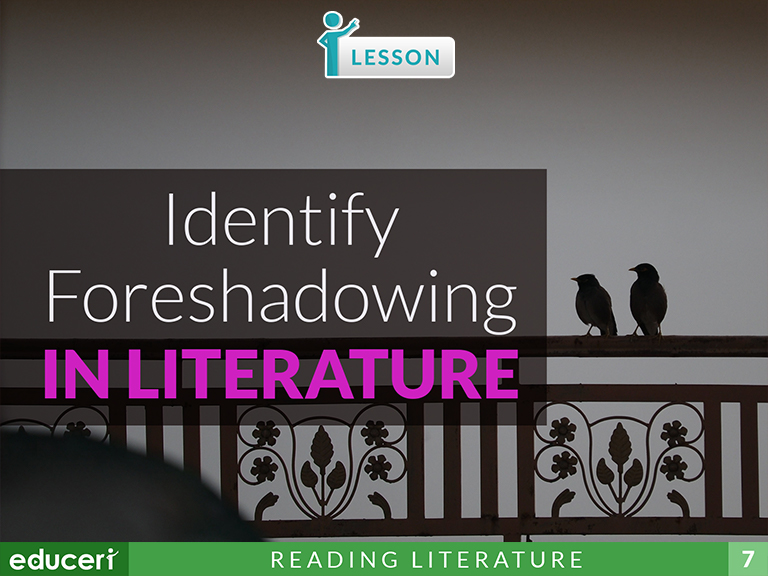
Identify Foreshadowing in Literature
This literary response and analysis lesson focuses on identifying foreshadowing in literature. The lesson includes research-based strategies and strategic questions that prepare students for assessments. In this lesson, students read the text, identifying the main event that takes place at the end of the passage. Then, students re-read the text identifying and examples of foreshadowing (actions, dialogue, setting, etc.) of the main event. In addition to the lesson, there are four pages of Independent Practice and review with questions modeled after current adaptive testing items.
Share This Lesson
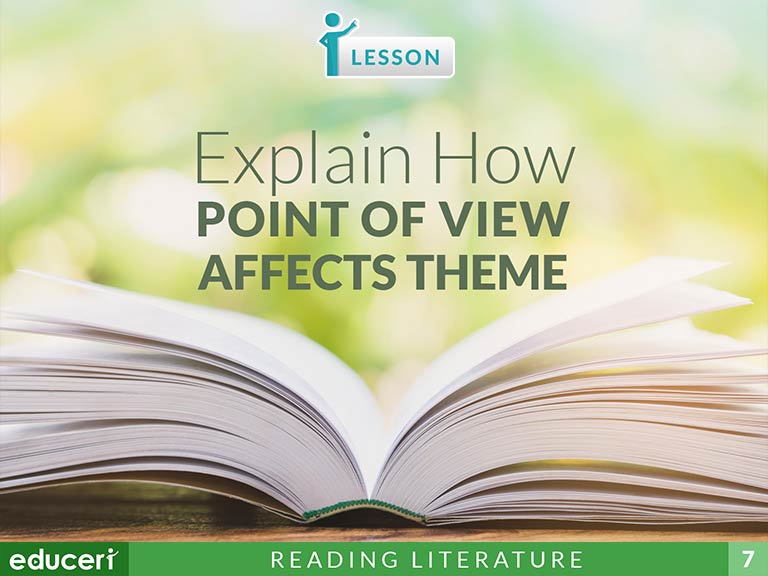
Explain How Point of View Affects Theme
Share This Lesson

Analyze How Literary Elements Shape Responses to a Work
This literary response and analysis lesson focuses on analyzing how literary elements shape responses to a work. The lesson includes research-based strategies and strategic questions that prepare students for assessments. In this lesson, students read a passage and the responses. Then, they identify the factors (physical appearances, dialogue, thoughts and actions, etc.) that influenced the response, and the literary element (setting, characterization, them) being used in the text. Finally, students analyze how these elements shape a reader's response. In addition to the lesson, there are five pages of Independent Practice and review with questions modeled after current adaptive testing items.
Share This Lesson
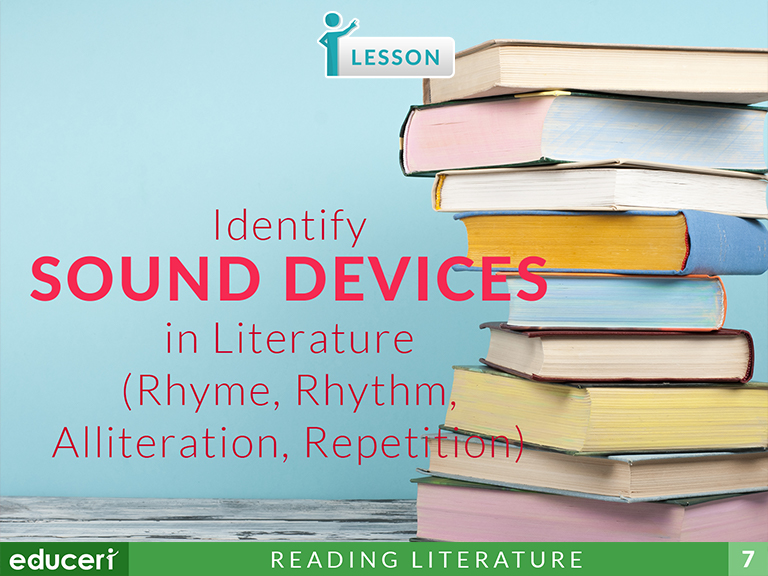
Identify and Use Sound Devices (Rhythm, Rhyme, Alliteration, Repetition)
This reading literature lesson covers how to identify and use sound devices in a literary text. These include rhyme, rhythm, alliteration, and repetition. The lesson includes research-based strategies and strategic questions that prepare students for assessments. In this lesson, students identify the sound device used and then use it themselves in a sentence. Both poems and speeches are used as examples.
Share This Lesson
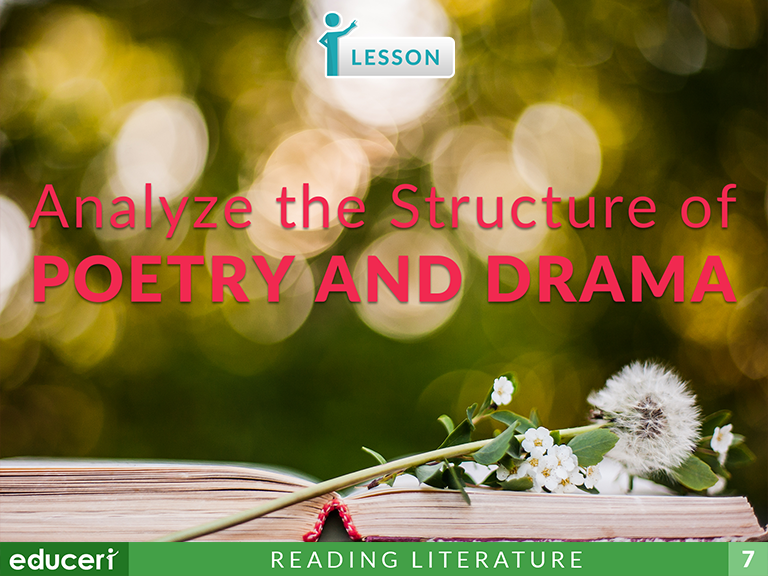
Analyze the Structure of Poetry and Drama
This literary response and analysis lesson focuses on identifying the characteristics of poetry and drama. The lesson includes research-based strategies and strategic questions that prepare students for assessments. In this lesson, students read the passage, noting any characteristics of poetry or drama (based on a given table). Then, they determine if the text is poetry or drama and explain their answer by listing all the characteristics they found. In addition to the lesson, there are eight pages of Independent Practice and review with questions modeled after current adaptive testing items.
Share This Lesson
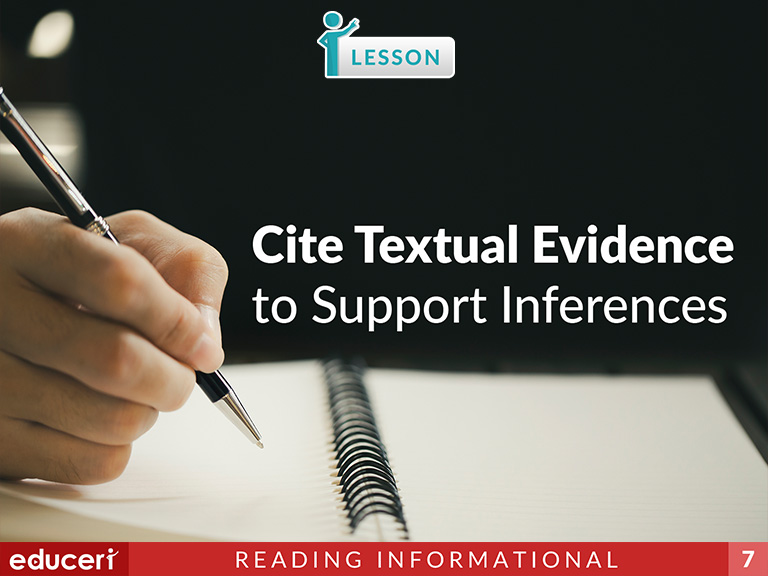
Cite Textual Evidence to Support Inferences
This reading informational text lesson covers how to cite textual evidence to support inferences. The lesson includes research-based strategies and strategic questions that prepare students for assessments. In this lesson, students will read the informational text and identify phrases that support a given inference.
Share This Lesson
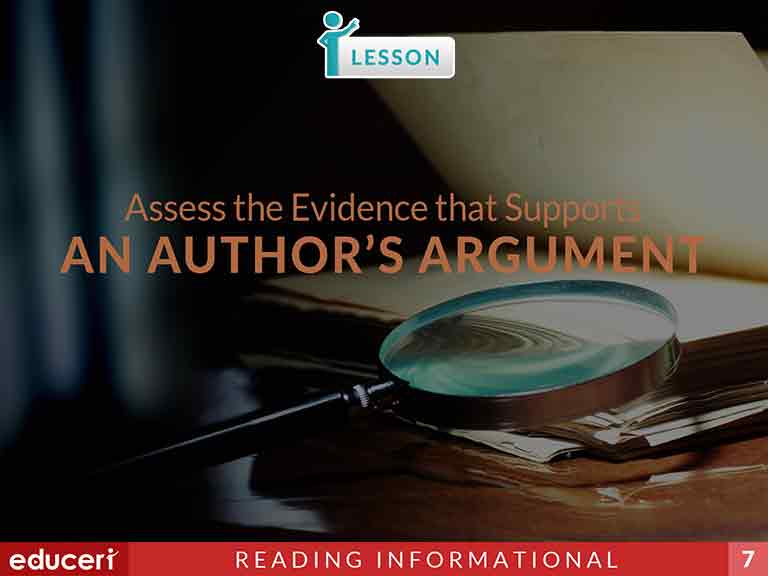
Assess the Evidence that Supports an Author's Argument
This reading informational text lesson covers how to assess the evidence that supports an author’s argument in informational text. The lesson includes research-based strategies and strategic questions that prepare students for assessments. In this lesson, students identify whether the evidence is accurate, appropriate, or adequate.
Share This Lesson
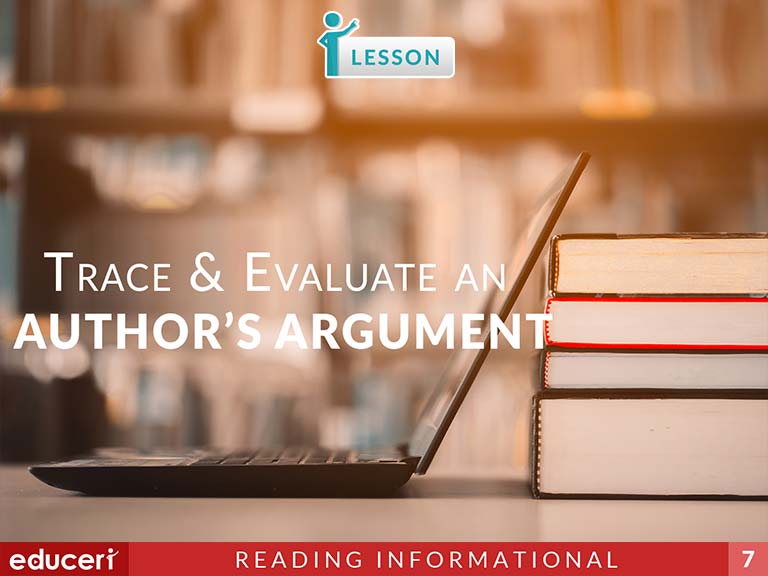
Trace & Evaluate an Author's Argument
This reading informational text lesson covers how to trace and evaluate an author’s argument in informational text. The lesson includes research-based strategies and strategic questions that prepare students for assessments. In this lesson, students identify the author’s claims and determine if each claim is supported by relevant evidence. A final judgment is made on whether the argument has sound reasoning.
Share This Lesson
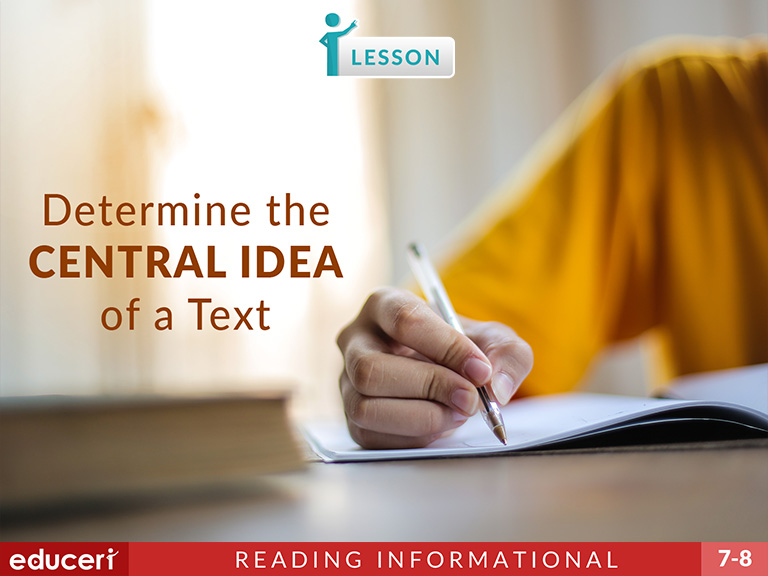
Determine the Central Idea of a Text
This reading informational text lesson covers determining a central idea in the text. The lesson includes research-based strategies and strategic questions that prepare students for assessments. In this lesson, students will practice identifying central ideas in expository text, and analyze its development over the course of the text, including its relationship to supporting ideas.
